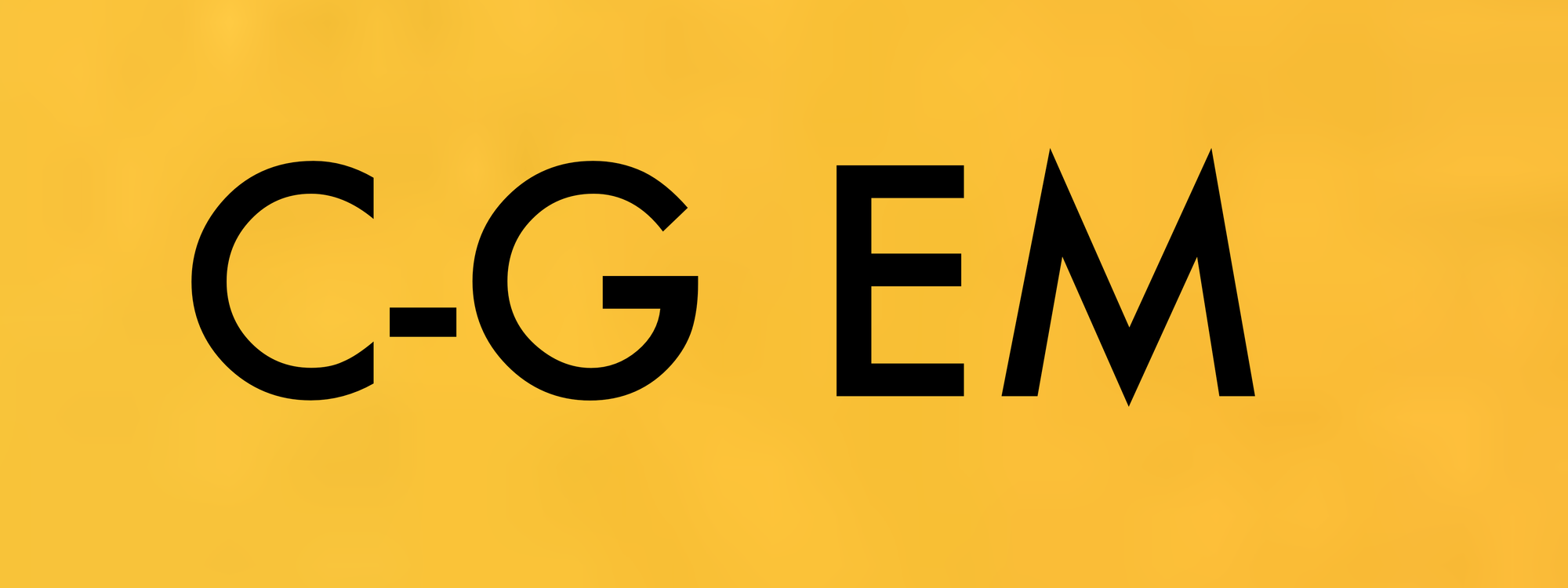Scapegoating Only Worked in Ancient Times

Scapegoating comes from an ancient ritual where a community would place its sins onto a goat and send it away. The act served as a form of relief, but it offered no real reflection or learning. Problems weren’t examined, and behaviors weren’t adjusted. It was a way to move on without improvement. Applied to modern teams, the same instinct to “blame and move forward” keeps organizations from breaking out of recurring mistakes.
In today’s work culture, mistakes are often treated as something to be hidden or pinned on someone else, rather than acknowledged as a natural part of building complex systems. But mistakes will happen, the question is how an organization responds to them. When teams discuss what went wrong, the goal shouldn’t stop at identifying the cause. The real value comes from asking what can be done differently next time: introducing the right process, improving communication, or adding tooling that reduces the chance of a repeat. Without that step, conversations about failure become empty postmortems instead of opportunities for meaningful change.
Accountability means more than admitting something went wrong. It’s about owning the responsibility to make improvements. In a strong organization, that responsibility is clear at every level. The engineering team is accountable for the quality of the code they ship and the reliability of the systems they run. The product manager is accountable for shaping features that deliver real value. The engineering manager is accountable for the processes that keep the team effective and prevent repeat failures. And at the highest level, the director is accountable for ensuring the product holds together as a whole. When any one of these layers avoids accountability, cracks appear: bugs keep resurfacing, features miss the mark, teams stumble, and the product suffers. But when accountability is embraced, issues are confronted directly, and the path to improvement becomes obvious.
Blame culture and accountability can’t coexist. In a blame culture, the first instinct when something goes wrong is to look for someone to criticize. In an accountable culture, the focus shifts to action. If metrics show that reliability is trending down, the accountable software engineer doesn’t waste time pointing fingers at product managers or ops. Their role is to recognize the issue and start the conversation about how to address it. That could mean refactoring brittle code, adding monitoring, or improving testing.
The same holds true for performance problems. Imagine a new feature makes the service less efficient. In a blame culture, the quick fix is to throw more CPU or memory at the problem to mask it. That may buy time, but it’s a band-aid. Resources have diminishing returns, and eventually the system will hit a wall where scaling up isn’t enough, leaving a costly rewrite as the only option. In a culture of accountability, the team takes the harder but smarter path: understanding why the feature slowed things down, making targeted improvements, and then, if necessary, adding resources as part of a forward-looking solution. The difference is between hiding problems and solving them.
Accountability doesn’t just prevent mistakes from being swept under the rug, it creates momentum. When teams take ownership of problems and address their root causes, every fix becomes an investment in future speed. A flaky test gets stabilized, a fragile deployment script gets hardened, a brittle interface gets refactored. Each of these improvements may seem incremental in the moment, but together they compound into a codebase and workflow that’s smoother, faster, and more predictable.
Contrast this with a culture that relies on band-aids. Short-term fixes pile up until the system becomes too unstable to move forward. At that point, velocity grinds to a halt and leadership is forced to call for a rewrite.The most expensive, disruptive “solution” of all. Accountability flips that script. By continuously improving instead of deferring, teams preserve velocity while steadily raising the quality bar. Over time, this makes the difference between a product that struggles under its own weight and one that grows stronger with every release.
In the end, scapegoating may have served ancient societies as a way to move on without reflection, but modern software teams can’t afford that shortcut. Products are too complex, markets move too quickly, and customers expect too much. The only way to consistently improve is through accountability: owning the problems, addressing their root causes, and investing in the small fixes that compound into real velocity. Blame may offer temporary relief, but accountability builds resilient teams and better products. That’s what makes the difference between a culture that survives and one that thrives.
"Mountain Goat- You Shall Not Pass" by GlacierNPS is marked with Public Domain Mark 1.0 .
